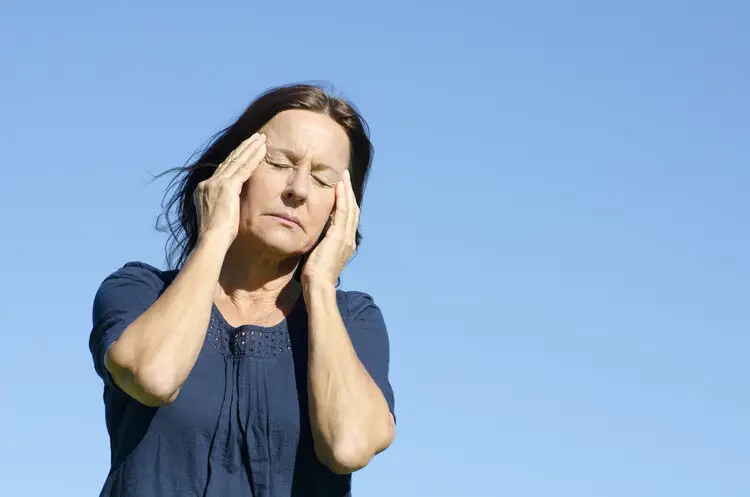What is prostate hyperplasia
Benign prostatic hyperplasia (BPH), also known as prostate hyperplasia, is a common disease in elderly men. The main clinical manifestations are frequent urination, dysuria and urinary retention. In severe cases, renal failure may occur. Its incidence rate gradually increases with age, and most cases occur between the ages of 50 and 70. Prostate hyperplasia is an increase in the volume of prostate tissue caused by an increase in the number of prostate parenchymal cells.
In recent years, there have been many studies on the etiology of BPH, but it is still not very clear so far. It is generally believed that aging and functional testicles are the two recognized bases for the onset of the disease.
From birth to puberty, the development and growth of the prostate in men are slow; after puberty, the growth rate accelerates, reaching its peak at around 24 years old, and its volume is relatively stable between 30 and 45 years old. After the age of 40, the incidence of prostate hyperplasia increases with age. If the proliferating glands significantly compress the prostatic urethra, it may cause obstruction of the bladder outlet and related symptoms of dysuria. Since this type of hyperplasia is a benign lesion, its full name is benign prostatic hyperplasia (BPH), formerly known as prostatic hypertrophy.

Why does the prostate proliferate
In recent years, there have been many studies on the etiology of BPH, but it is still not very clear so far. It is generally believed that this disease is related to the disorder of sex hormone levels in the body. Aging and functional testicles are the two recognized bases for the disease. Under the regulation of sex hormones, the interstitial cells and epithelial cells of the prostate affect each other, the effects of various growth factors, the imbalance of sex hormones in the body with age, the synergistic effect of estrogen and androgen, and the decrease in the level of prostate cell apoptosis should be the important causes of prostatic hyperplasia.
Relationship between the incidence of prostatic hyperplasia and age
Histologically, the incidence of prostatic hyperplasia increases with age. It usually occurs after the age of 40, is greater than 50% at the age of 60, and is as high as 83% at the age of 80. If examined by histology, it is almost 100%. Of course, not everyone has clinical symptoms. Some have pathological changes of prostatic hyperplasia, but no clinical symptoms, so the clinical incidence is much lower than the above figures.

Symptoms of prostatic hyperplasia
The clinical manifestations of prostatic hyperplasia are mainly bladder outlet obstruction symptoms and lower urinary tract symptoms.
1. Obstruction symptoms: hesitant urination, labored urination, thin urine stream, prolonged urination time, urine retention and overflow incontinence.
2. Irritation symptoms: frequent urination, urgency, nocturia, small urine volume and urgency incontinence.
In addition, hematuria may occur, combined with bladder stones, secondary urinary tract infection, leading to chronic renal failure, complications of inguinal hernia, rectal prolapse and hemorrhoids.
The severity of the above symptoms does not depend on the degree of prostate hyperplasia itself, but on the degree of obstruction, the speed of lesion development, and whether there is infection and stones.

Why is the increase in "waking up at night" the main early symptom of prostate hyperplasia
Chinese medicine believes that aging and physical weakness, kidney deficiency are the basis for the onset of prostate hyperplasia. The prostate is called the essence chamber in Chinese medicine, which stores kidney essence and is the source of vitality. After the age of 40, the kidney qi gradually declines, and the kidney governs water and opens to the two yin. The kidney yang is the original yang of the whole body. If the kidney qi is insufficient, the bladder loses its warmth and cannot be gasified normally, then symptoms such as frequent urination and difficulty urinating will appear.
Because the yin qi is in charge at night, the kidney qi cannot warm the bladder at night, so the frequent urination is significantly aggravated. The bladder triangle is the most sensitive area of the bladder, and it is also the earliest site of compensatory hypertrophy after prostate hyperplasia causes bladder neck obstruction. Therefore, a very small amount of urine can stimulate the triangle area and make the patient feel like urinating. Because the patient's attention is distracted during the day, the threshold of the feeling of urinating increases, so the number of urination during the day is not much, but the night urination is more obvious.

Causes of excessive nocturia
Increased nocturia is the first symptom of prostate hyperplasia in the elderly. Many reasons can lead to excessive nocturia, including disease factors, behavioral habits and environmental climate factors. The direct causes of excessive nocturia are mainly the following:
1. In elderly men, the renal reabsorption function is reduced, and excessive urine is produced at night, which increases nocturia.
2. The bladder capacity at night is less than that during the day. When the bladder reaches a certain capacity, it stimulates the bladder wall, transmits nerve signals downward, and issues urination instructions.
3. Common disease factors include cardiovascular disease, diabetes, lower urinary tract obstruction (prostate hyperplasia), anxiety or primary sleep disorders, etc.

%20--%3e%3c!DOCTYPE%20svg%20PUBLIC%20'-//W3C//DTD%20SVG%201.1//EN'%20'http://www.w3.org/Graphics/SVG/1.1/DTD/svg11.dtd'%3e%3csvg%20version='1.1'%20id='图层_1'%20xmlns='http://www.w3.org/2000/svg'%20xmlns:xlink='http://www.w3.org/1999/xlink'%20x='0px'%20y='0px'%20width='256px'%20height='256px'%20viewBox='0%200%20256%20256'%20enable-background='new%200%200%20256%20256'%20xml:space='preserve'%3e%3cpath%20fill='%23FFFFFF'%20d='M194.597,24.009h35.292l-77.094,88.082l90.697,119.881h-71.021l-55.607-72.668L53.229,232.01H17.92%20l82.469-94.227L13.349,24.009h72.813l50.286,66.45l58.148-66.469V24.009z%20M182.217,210.889h19.566L75.538,44.014H54.583%20L182.217,210.889z'/%3e%3c/svg%3e)




